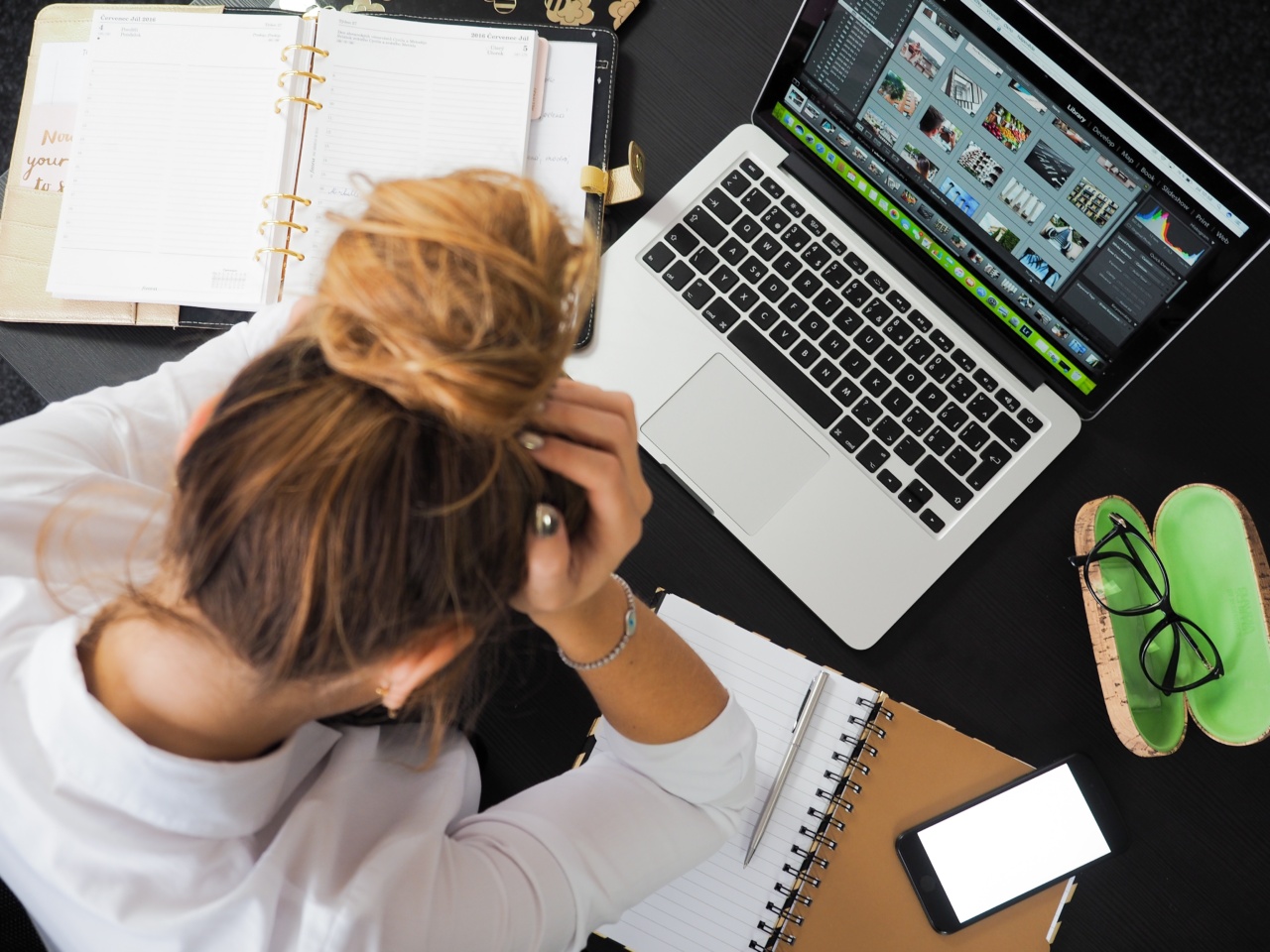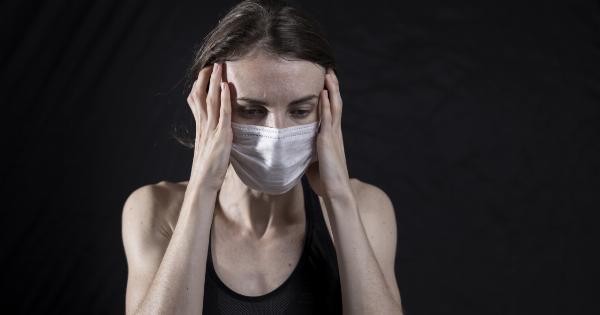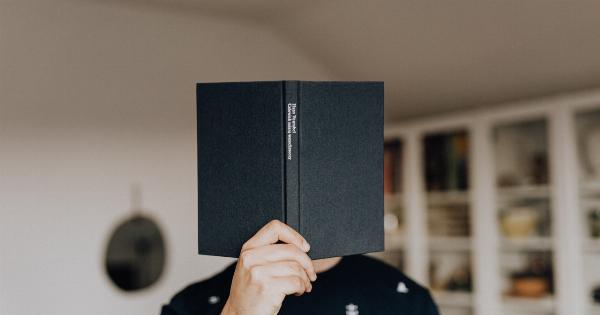Anxiety is a common issue that many women face. It can cause a lot of discomfort, and in severe cases, can lead to other mental health issues. There are many ways to treat anxiety, but many women prefer a minimally invasive approach.
This type of treatment can provide relief without causing additional stress or discomfort.
What is Minimally Invasive Treatment?
Minimally invasive treatments are procedures that use small incisions or non-invasive techniques to treat medical conditions. They are often preferred over traditional surgery because they require less recovery time and can cause less discomfort.
These procedures are often performed as outpatient procedures, allowing patients to return home the same day they are treated. Minimally invasive treatments can be used for various medical conditions, including anxiety.
What Causes Anxiety in Women?
There are many factors that can cause anxiety in women, including hormonal changes, genetics, and life experiences. Hormonal changes, such as those associated with menopause, can cause anxiety in women.
Genetics can also play a role in the development of anxiety, as some people are more prone to develop anxiety than others. Finally, life experiences, such as trauma or stress, can trigger anxiety in women.
Symptoms of Anxiety in Women
Symptoms of anxiety can vary from person to person, but some common symptoms include restlessness, fatigue, irritability, and difficulty concentrating.
Women who suffer from anxiety may also experience physical symptoms such as muscular tension, headaches, and stomach problems. The symptoms of anxiety can be severe and can interfere with daily activities.
Minimally Invasive Treatments for Anxiety
There are several minimally invasive treatments that can be used to treat anxiety in women. These treatments are often preferred over traditional treatments because they require less recovery time and can cause less discomfort.
Some of the most common minimally invasive treatments for anxiety include cognitive-behavioral therapy (CBT), mindfulness-based stress reduction (MBSR), and acupuncture.
Cognitive-Behavioral Therapy (CBT)
Cognitive-behavioral therapy (CBT) is a type of therapy that is designed to help patients identify negative thought patterns and replace them with positive ones.
This type of therapy can be used to treat anxiety, depression, and other mental health issues. CBT is a minimally invasive treatment because it does not involve medication or surgery. Instead, CBT is a talk therapy that is often used in conjunction with other types of treatment.
Mindfulness-Based Stress Reduction (MBSR)
Mindfulness-based stress reduction (MBSR) is a type of meditation that is designed to reduce stress and anxiety. MBSR involves practicing meditation and mindfulness techniques to help patients learn how to calm their minds and better cope with stress.
MBSR is a minimally invasive treatment because it does not involve medication or surgery. Instead, MBSR is a technique that can be practiced at home or in a group setting.
Acupuncture
Acupuncture is a type of alternative medicine that involves inserting needles into specific points on the body to help relieve pain and promote healing. Acupuncture can be used to treat a variety of medical conditions, including anxiety.
There is some evidence to suggest that acupuncture can help reduce symptoms of anxiety, making it a minimally invasive treatment option for women who suffer from anxiety.
Benefits of Minimally Invasive Treatments for Anxiety
There are many benefits to choosing minimally invasive treatments for anxiety. These treatments are often preferred over traditional treatments because they require less recovery time and can cause less discomfort.
Minimally invasive treatments also tend to be less expensive than traditional treatments, making them a more affordable option for many women.
Conclusion
Minimally invasive treatments can provide relief for women who suffer from anxiety. These treatments are often preferred over traditional treatments because they require less recovery time and can cause less discomfort.
Cognitive-behavioral therapy, mindfulness-based stress reduction, and acupuncture are all effective minimally invasive treatments for anxiety. If you are suffering from anxiety, talk to your doctor about which treatment option is right for you.































